Context: Recently, a G20 independent expert group released its report on strengthening Multilateral Development Banks (MDBs).
| Probable Question:
Q. What are the key challenges that have prompted the need for reform in Multilateral Development Banks (MDBs), and what specific measures are being considered to address these challenges and improve their operations? |
About Multilateral Development Bank (MDB):
Examples of MDBs
|
 Image Source: Brettonwoods Organisation
Image Source: Brettonwoods Organisation
Need for Reforming MDBs:
Highlight of G20 Expert Group Report on Strengthening Multilateral Development Banks (MDBs)
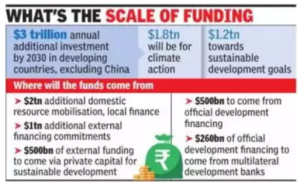
Other Recommendation to Reform MDBs
Conclusion
News Source: Business Standard
Context:
A G20 meet was held recently to discuss sustainable ways to harness ocean resources.
Ocean Resources:
Broad Classification of Ocean Resources
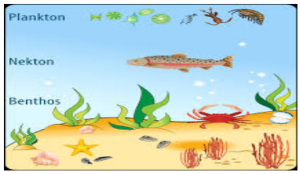
Abiotic Resources:
Mineral resources:
Energy Reserves:
| Wave Energy: |
|
| Tidal Energy: |
|
| Ocean thermal energy conversion (OTEC): |
|
| Offshore wind energy: |
|
| Natural Gas: |
|
| Clathrate Hydrates: |
|
Blue economy:
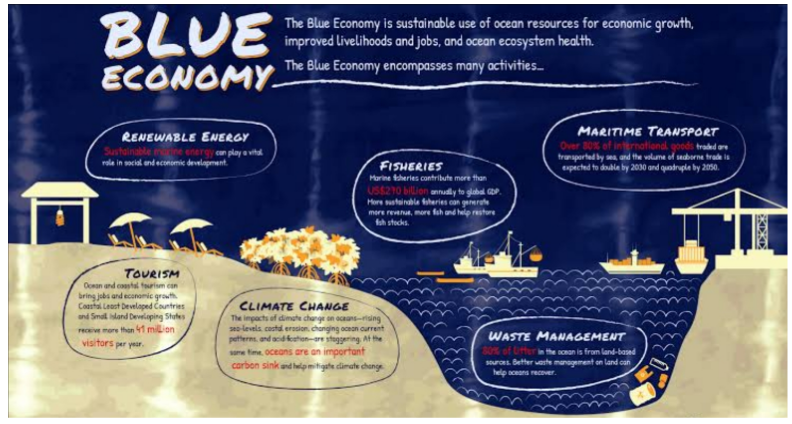
Components of Blue economy:
Challenges of blue economy:
How can building a blue economy help us achieve the SDGs?
India’s Blue Economy:
Measures by India:
International Alliances:
Other Initiatives:
United Nations Convention on the Law of the Sea (UNCLOS), 1982.
|
News Source: The Hindu
Context:
The Ministry of Statistics and Programme Implementation (MoSPI) has replaced the Standing Committee on Economic Statistics (SCES) with a Standing Committee on Statistics (SCoS).
Background:
About Standing Committee on Statistics (SCoS):
Comparison between SCES and SCoS:
| Aspect | SCES | SCoS |
| Members | 28 members (including 10 non-official members) | 10 official members, 4 non-official members (eminent academics)
The number of members can be up to 16. |
| Chairperson | Pronab Sen | Pronab Sen |
| Mandate | Review economic indicators for specific sectors | Review all surveys conducted under the National Statistical Office (NSO) |
| Purview | Limited to datasets of specific economic indicators (e.g., Periodic Labour Force Survey, Annual Survey of Industries) | Broader mandate with enhanced terms of reference to ensure more coverage |
| Additional Information:
About NSO:
|
News Source: The Hindu
Context:
National Multidimensional Poverty Index: A progress of Review 2023′ — was released by Niti Aayog.
About National Multidimensional Poverty Index:
Key Findings:
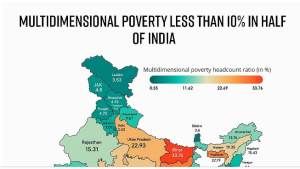
How did India reduce multidimensional poverty so fast?
| Additional Information:
Parameters of Global MPI |
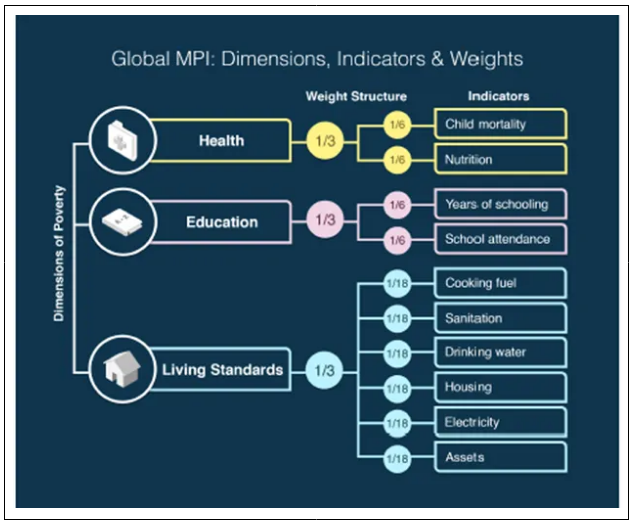
News Source: The Hindu
Context:
Recently, the Crimea bridge suffered damage when one of its sections was blown up.
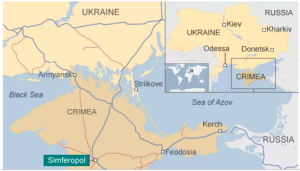
About Crimea Bridge:
About Kerch Strait:
|
News Source: Livemint
Context:
India and Iran plan to step up operationalizing the International North South Trade Corridor (INSTC) in a move to boost trade with Russia.
(Image Credits: The Hindu)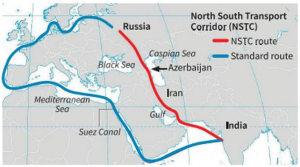
About International North South Trade Corridor:
News Source: ET
Context:
Recently, the NITI Aayog released the third edition of the report titled ‘Export Preparedness Index (EPI) 2022’ for States/UTs.
About Export Preparedness Index (EPI) 2022:
Pillars of Evaluation: The index evaluates the performance of states and UTs across four pillars:
Key Findings of the Index:
| Category | Rank | State/Union Territory | Overall Score |
| Coastal States | 1 | Tamil Nadu | 80.89 |
| Hilly/Himalayan States | 1 | Uttarakhand | 59.13 |
| Landlocked Regions | 1 | Haryana | 63.65 |
| Union Territories/Small States | 1 | Goa | 51.58 |
Significance:
News Source: PIB
Context:
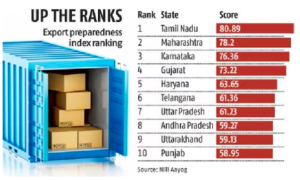
Directorate General of Foreign Trade (DGFT) implements the Advance Authorisation Scheme under the Foreign Trade Policy.
About Advance Authorisation Scheme:
About Directorate General of Foreign Trade (DGFT):
|
News Source: PIB
Context:
The United Kingdom formally signed a treaty to join a major Indo-Pacific bloc —‘Comprehensive and Progressive Agreement for Trans-Pacific Partnership(CPTPP)’
About CPTPP:
News Source: The Indian Express
Context– Recently, India-UAE signed a Rupee-Dirham deal during Prime Minister Narendra Modi’s visit.
Significance for India
Memoranda of Understanding (MoU) Between India and UAE
Bilateral Air Service Agreement
INDIA-UAE Trade
| What is CEPA?
A Comprehensive Economic Partnership Agreement (CEPA) is a trade pact between two or more nations that lowers trade and investment barriers in an effort to advance economic cooperation and integration. a thorough trade pact that addresses products, services, and investments. |
News Source- The Hindu
Context:
About Namda Art:
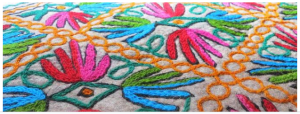
Significance:
News Source: pib
SC Verdict on Newsclick Shows Adherence to Due Pro...
Stay Invested: On Chabahar and India-Iran Relation...
Credit Rating Agencies, Impact on India’s De...
Catapulting Indian Biopharma Industry
Globalisation Under Threat, US Import Tariffs Have...
Global Report on Hypertension, Global Insights and...
<div class="new-fform">
</div>
